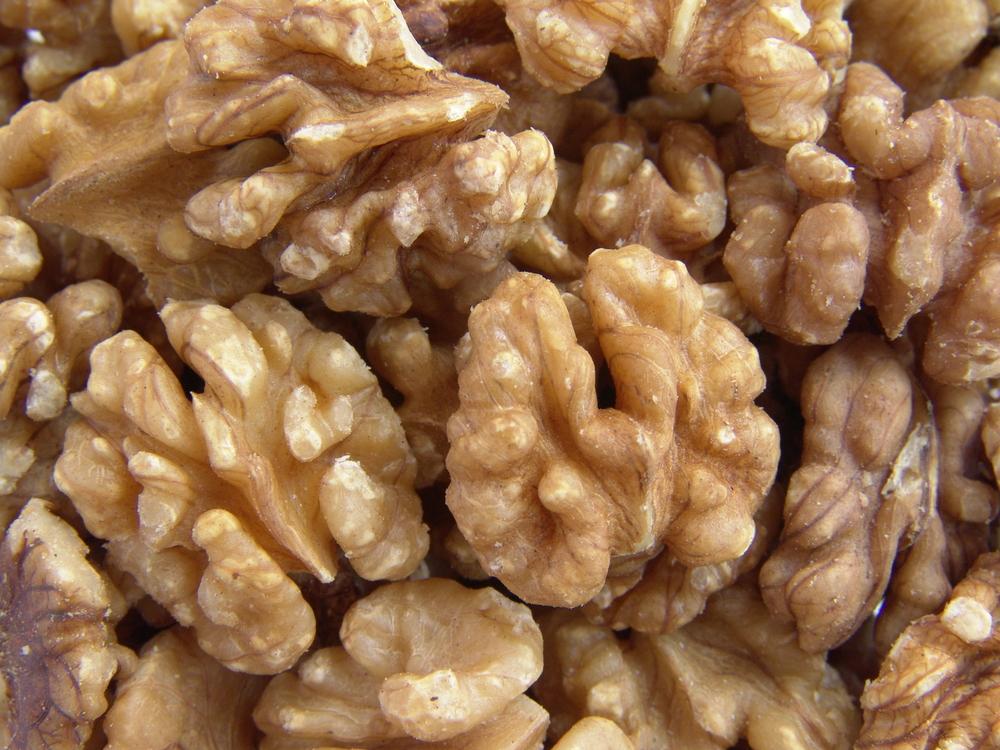For many cultures around the world, nuts have been a treasured food source. But at the height of the low-fat craze, nutritionists viewed these age old foods with great suspicion.
In the 1980s and 1990s, the prevailing wisdom was that eating something so rich and calorically dense would surely hurt your heart, raise your cholesterol, and pack on the pounds. Cashews and walnuts were to be eaten sparingly, and notoriously fatty macademias and coconuts became forbidden foods.
Since the low fat trend has faded, nuts have reclaimed their reputation as a great snack. They’re loaded with nutrition, and you don’t need much to feel satisfied.
True, some nuts are more than 80 percent fat, but these foods are also the best plant sources of heart healthy Omega 3 fatty acids. Nutrition experts recommend one ounce of nuts at least five times a week to lower risk of cardiovascular disease and type 2 diabetes.
In addition to healthy fats and protein, nuts provide vitamin E, fiber, and cholesterol reducing plant sterols. But to a growing number of children and adults, nuts can actually be dangerous. Tree nuts have become the most common and fastest growing food allergens in the population today.
Why has the number of children suffering from tree nut allergies grown over five fold since 1998? There are a few theories, but no one knows for sure. Symptoms can be mild to severe and sometimes fatal.
Nuts are literally the reproductive organs of a tree. They carry the biological essence necessary to create the next generation of trees, and have provided sustenance for generations of humans as well.
Walnut







